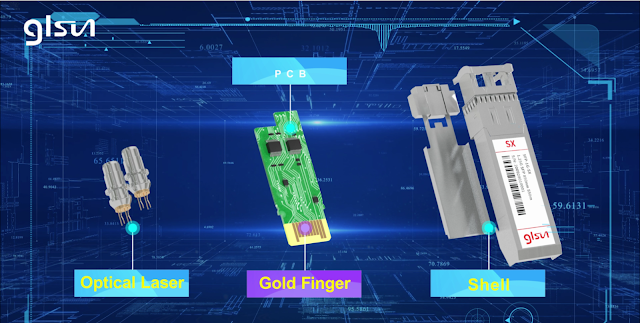With the large-scale and rapid deployment of base stations, restricted by optical cable resources, it is very common for base station networks to have chain or large ring structures. Under this network structure, once a link disconnection or multi-point open loop accident occurs, it will lead to widespread site outage. Therefore, how to avoid large-scale station outages caused by power outages, transmission equipment failures, difficulties in accessing stations, etc. has become an urgent problem to be solved.
The optical bypass protection system, OBP, can monitor the power condition and luminous state of transmission equipment of base station in real-time, effectively avoiding large-scale station breakage caused by power failure or fault of transmission equipment, and has the advantages of high reliability, fast switching speed, and low cost, which is a simple and effective solution.
Introduction to Optical Bypass Protection Technology
As shown in the figure above, the optical bypass protection system is a kind of optical switching system applied in the field of optical fiber communication and can automatically bypass the faulty network node, which can automatically identify the power supply state of the network node and the output state of the optical signal, and when the local optical equipment is faulty (including power interruption, hardware or software failure, etc.), it can instantly switch to the bypass optical path, and the communication line will bypass the local equipment (i.e., the faulty node) to avoid the full-blocking obstacle caused by the faulty node and ensure the system connectivity.
The OBP completes the main and backup route switching by the built-in bistable optical switch, which can detect both the power state of the protected equipment and the optical power of the protected equipment in real time, and the working principle is as follows:
(1) When the protected equipment is powered and emitted normally, the optical path is in a normal state;
(2) When it is detected that the protected equipment is powered off and the luminous power is lower than the preset threshold, the OBP will automatically switch to the fiber pass-through state;
(3) When the OBP device is powered off alone and the protected device is running normally, the OBP will instantly detect the optical power of the protected device with the help of the internal high-stable capacitor. If the optical power is normal, no switching operation will be performed.
Conclusion
OBP equipment optical power detection is accurate, and the insertion loss is small; the base station power failure can instantly switch to bypass state, bypassing the local transmission equipment; when the base station power supply is restored after the transmission equipment is fully activated, it can be instantly cut back to the main mode, and ensure the normal work of other network elements on the network in the bypass and the cut back to achieve the protection function of the OBP equipment, and therefore can be applied in large quantities to the link is too much, or the faults occur frequently, Therefore, it can be used in a large number of base stations with too many links, or frequent failures, or where it is difficult to enter the base station for maintenance, to protect the normal operation of the service well.



